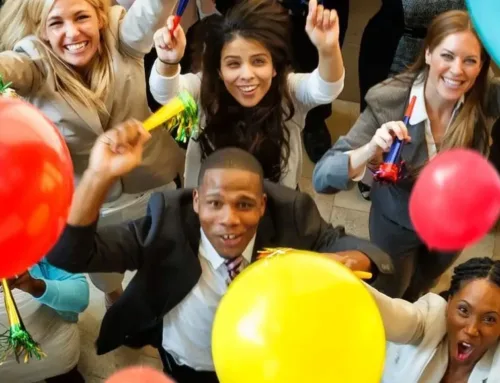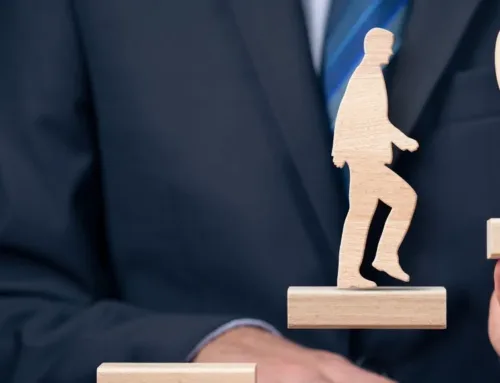Intentional Gratitude Can Be a Buffer Against Chronic Anxiety and Despair
2020 has been a year of extremes: uncertainty, fear, constant change, isolation, polarization, and myriad other issues are keeping people emotionally stretched. Early research shows that chronic anxiety is taking its toll on employees’ emotional and physical well-being, affecting all aspects of their lives – and costing businesses significantly.
Rather than simply showing up as what we think of as “anxious” behavior, chronic anxiety can be expressed in a variety of behaviors. Here are a few of the mental traps that leaders often find themselves in as a result of chronic anxiety:*
- Catastrophizing: Imagining the worst possible outcome. “I will get fired if the presentation has any glitches.”
- Mind reading: Imagining what others are thinking. “I know he doesn’t like working with me because he thinks I’m dumb.”
- Fortune telling: Imagining what the future holds, but without data. “They will all hate me in the new group because I’m the only one who isn’t a physicist.”
- Black-and-white thinking: Considering only two possible outcomes. “I’ll either hit a home run or get fired.”
- Overgeneralizing: Painting all situations with a generalized outcome. “I presented to the CEO last year, and it didn’t go well. I never get things right or always fail when it comes to executive audiences.
Interrupting negative internal narratives is crucial to breaking out of these traps. In addition to approaches like cognitive reframing, research shows us another powerful tool: gratitude.
Your Brain on Gratitude
- Studies have shown that regularly expressing gratitude actually helps rewire the brain toward future gratitude (Kini, Wong, et al, Neuroimage, 2016). Participants who expressed regular gratitude reported a strengthening in this tendency – like developing a muscle – in future interactions.
- Other studies show gratitude increases willpower, helps keep you calm, and can even boost employee morale.
- Psychologists Adam Grant and Francesca Gino found that supervisor gratitude gave people a strong sense of both self-worth and self-efficacy, and encouraged them to express gratitude to others. Those who regularly expressed gratitude – and had those around them express it – “showed significantly increased happiness, greater satisfaction with life, and higher resilience to stress; this group even reported fewer headaches and illnesses.” *Source: “How Anxiety Traps Us, and How We Can Break Free,” Sabina Nawaz, Harvard Business Review
Barriers to Gratitude
- Only 10% of Americans thanked a colleague on any given day, and 60% reported they never or extremely rarely express gratitude at work (John Templeton Foundation and Greater Good Science Center at Berkeley’s Expanding Gratitude Project, 2013).
- The same study found 35% of respondents believed that expressing gratitude could lead coworkers to take advantage of them, and that this was an indication that collaboration, interdependence, or vulnerability wasn’t valued organizationally
An Exercise Building a Culture of Gratitude: The Giving of Gifts
- Create space in every meeting for a “the giving of gifts” ritual
- Identify specific tasks, moments, choices, or assistance that made a difference
- The “giver” is specific about the action and its impacts/benefits
- The “receiver” simply says, “you’re welcome.”
- Leadership should always include a “gift” to someone on the team – and make sure to identify different team members and different kinds of contributions




